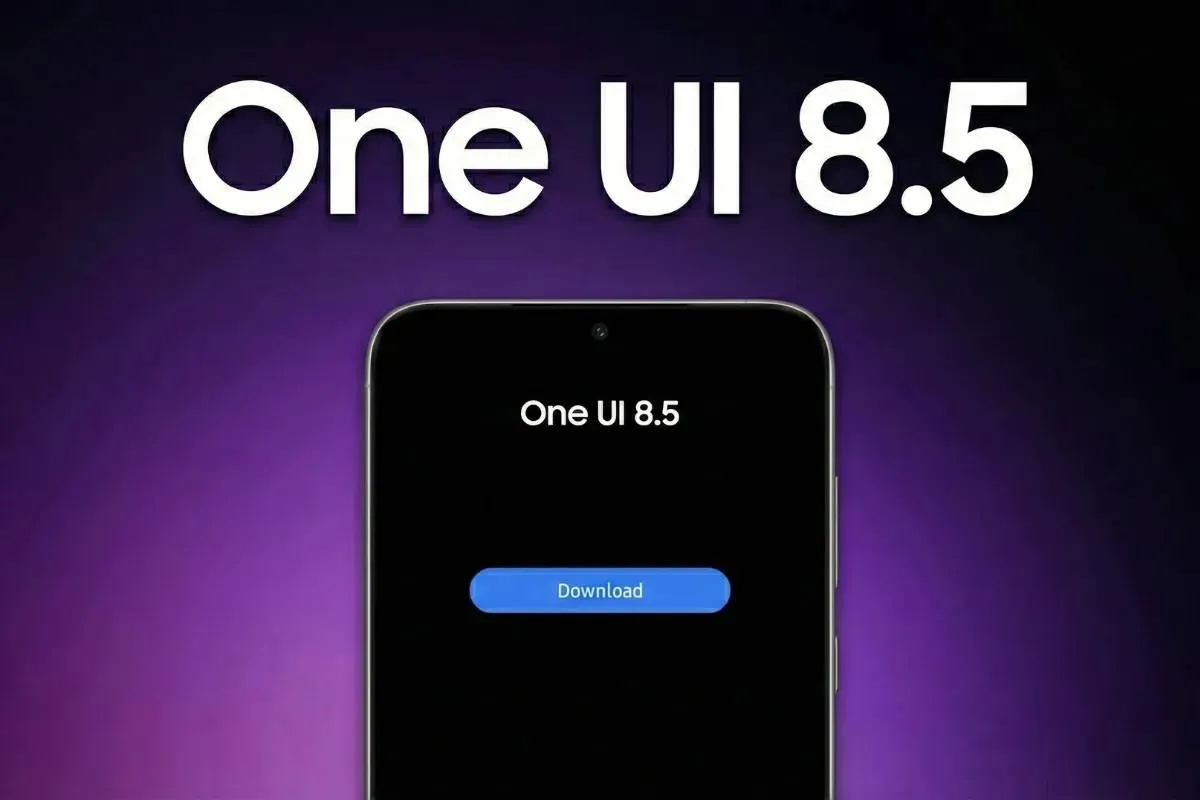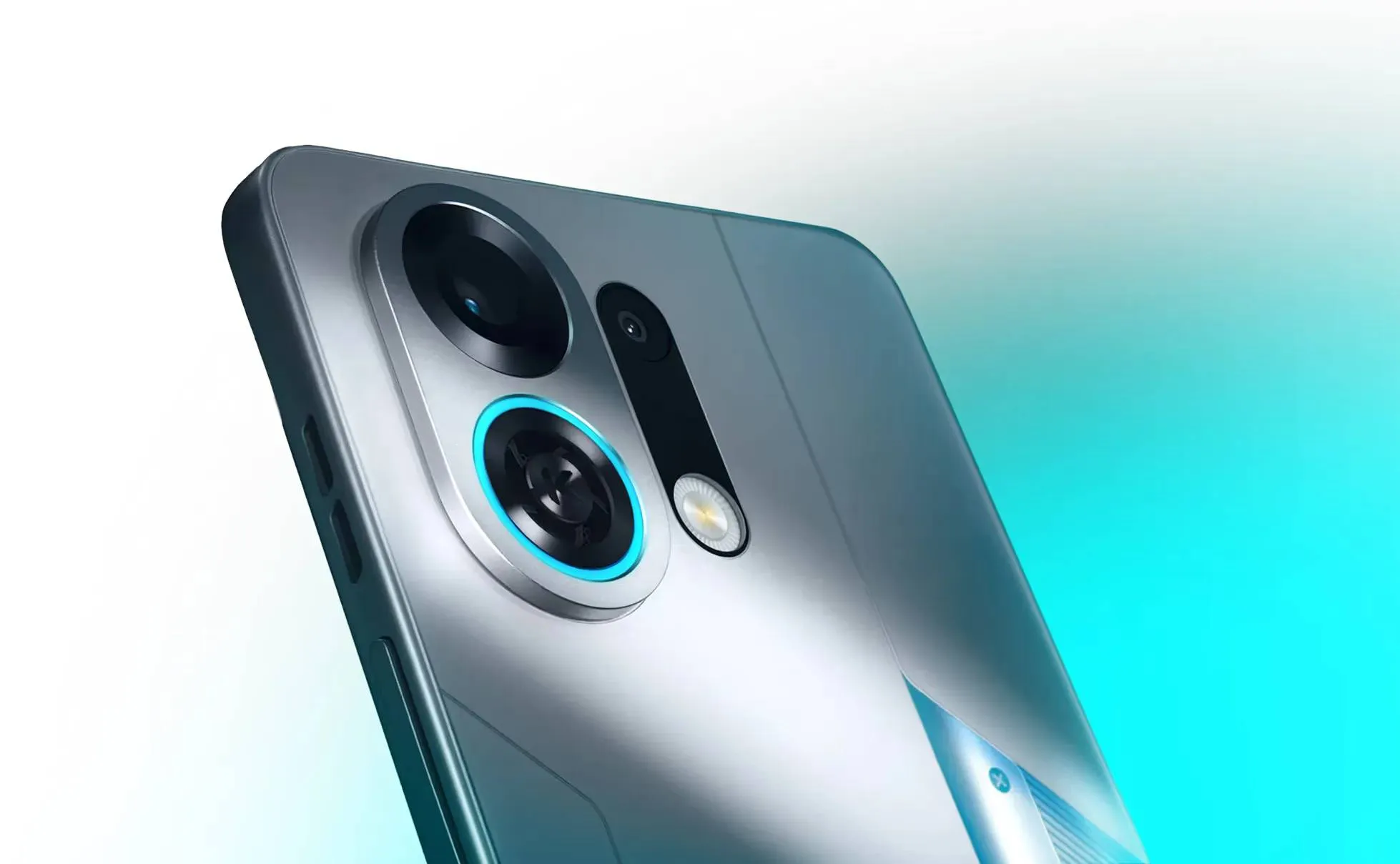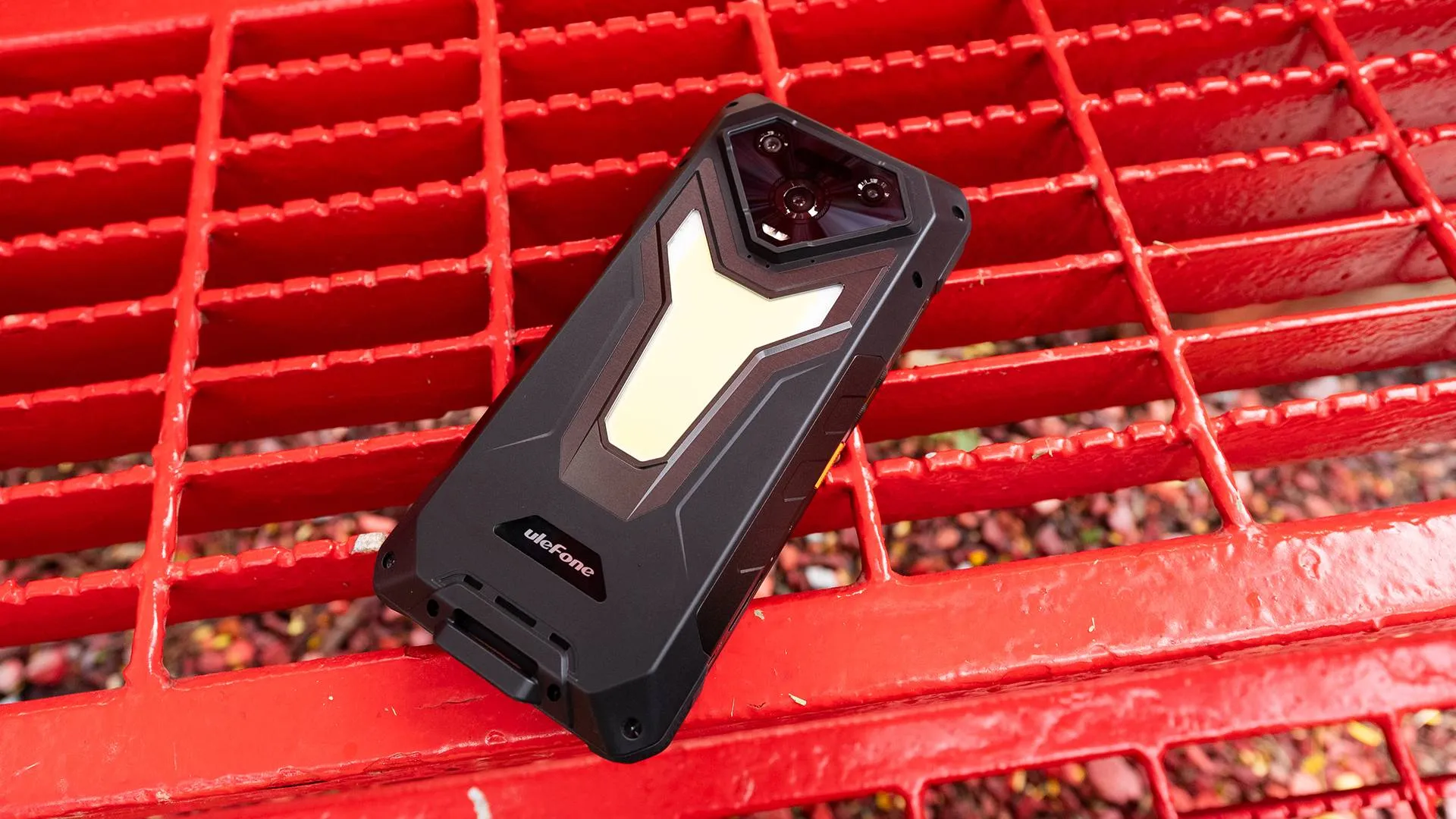Xiaomi Marks 13 Years Since Launching Its First Phone: The Mi 1
xiaomiTuesday, 03 September 2024 at 08:26
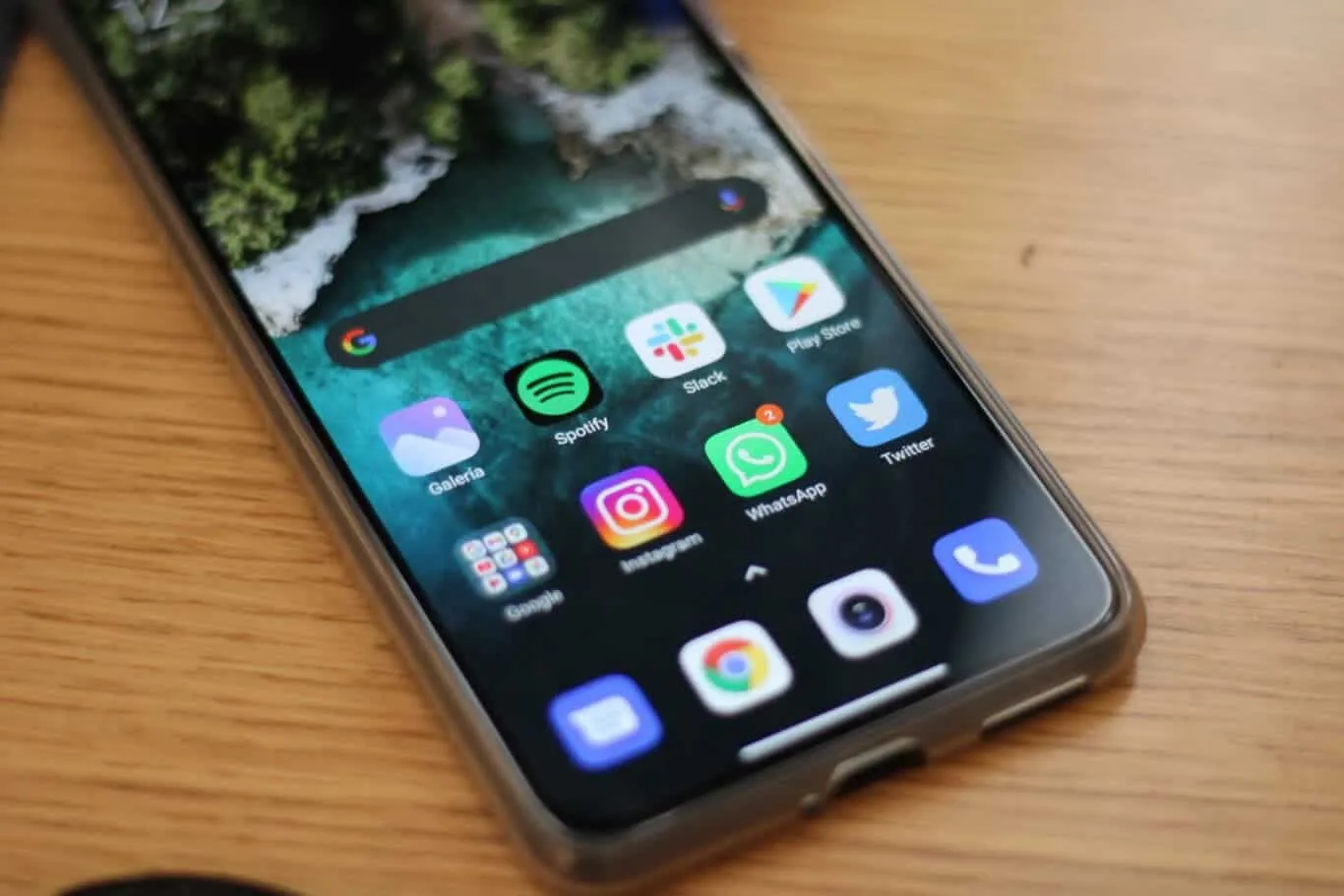
Xiaomi’s rise from a modest startup to one of the most influential smartphone manufacturers is an inspiring story of innovation, perseverance, and smart business strategy. The company, founded in 2010, initially focused on software rather than hardware. It all began with the creation of MIUI. It's a custom Android ROM designed to offer a more polished and user-friendly experience, similar to Apple’s iOS. However, Xiaomi’s ambitions quickly expanded beyond software, and the company soon ventured into the highly competitive smartphone market.
Xiaomi: From a Startup to a Global Tech Leader
The Evolution of MIUI and the Birth of HyperOS
MIUI was Xiaomi's first major product, and it quickly gained popularity for its smooth performance and extensive customization options. Unlike many other Android-based ROMs, MIUI was designed with the user in mind. Offering features and a design that felt more premium and intuitive. Over the years, MIUI evolved with each iteration, adding new features and improvements that kept it ahead of the curve.
As technology progressed, so did Xiaomi's vision. MIUI, which had served as the foundation of Xiaomi’s software ecosystem, was eventually phased out in favor of HyperOS. This new operating system represents the next chapter in Xiaomi’s journey. Designed to be even more powerful and versatile than its predecessor. The final version of MIUI, MIUI 14, was a fitting farewell to a software that had been instrumental in Xiaomi’s early success.
The Xiaomi Mi 1: A Revolutionary Launch
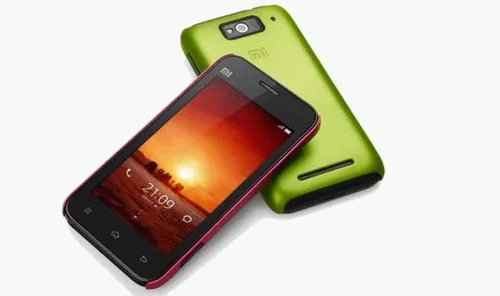
Xiaomi’s transition from software to hardware was marked by the launch of the Xiaomi Mi 1 on August 16, 2011. This smartphone was a significant milestone for the company, representing its first step into the hardware market. The Mi 1 was an instant success, selling 150,000 units in just 13 minutes. A remarkable achievement for a company that was still relatively unknown outside of tech circles.
The Xiaomi Mi 1's success was not just a stroke of luck. The phone was designed to offer high-end specifications at an affordable price. A formula that has become a trademark of Xiaomi’s products. At a price of 1,999 yuan (about $280 today), the Mi 1 came with a dual-core Snapdragon S3 processor, 1GB of RAM, and 4GB of internal storage. These specs were impressive for a budget phone at the time. Making the Mi 1 a very attractive choice for consumers seeking a powerful yet affordable smartphone.
Design and Features of the Xiaomi Mi 1
The Xiaomi Mi 1 was not just about raw power. It also featured a display that was ahead of its time. The phone came with a transflective LCD panel from Sharp, boasting a resolution of 854 x 480 pixels. This type of display was rare in budget smartphones and provided excellent visibility even in bright sunlight. The Mi 1’s design, though simple, was practical. It was compact, with dimensions of 125 × 63 × 11.9 millimeters, and weighed just 149 grams. While it didn’t have the premium materials found in more expensive smartphones, its plastic build was durable and functional.
Despite its modest design, the Xiaomi Mi 1 managed to win over a large number of users. Not just in China but around the world. The phone’s combination of powerful hardware, affordable pricing, and user friendly software made it a game changer in the smartphone market.
Xiaomi’s Growth and Global Impact
The success of the Xiaomi Mi 1 set the stage for the company’s rapid growth. In the years that followed, Xiaomi broadened its product range to include many smartphones, each providing great value for money. The company’s strategy of offering high performance devices at competitive prices appealed to consumers and helped Xiaomi establish a strong global presence.
Today, Xiaomi is more than just a smartphone maker. It’s a global tech leader with a wide range of products, including smart home devices, wearables, and more. The company’s focus on innovation has helped it stay ahead of the competition and keep growing in a crowded market.
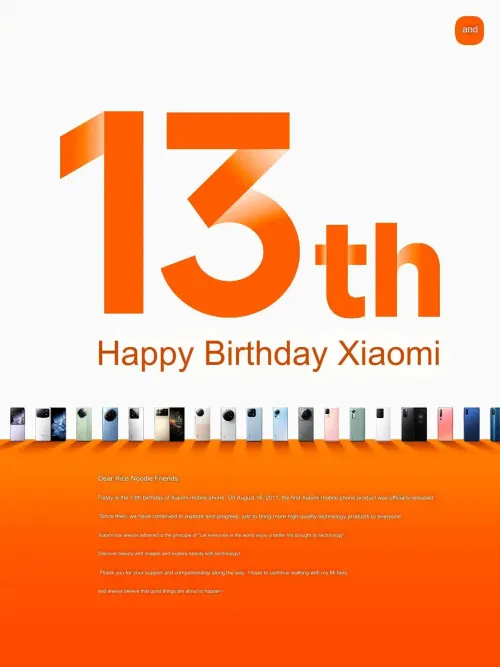
Celebrating the Legacy of the Xiaomi Mi 1
To mark the 13th anniversary of the Xiaomi Mi 1, Xiaomi has launched a special contest on Weibo. Participants have the chance to win the Xiaomi Mix Fold 4, the company’s latest foldable smartphone. This contest, though currently exclusive to China, serves as a reminder of the company’s humble beginnings and its journey to becoming a major player in the tech industry.
Looking Towards the Future
So, as the company celebrates this milestone, it’s clear that the company’s journey is far from over. Xiaomi is poised to maintain its position as a leader in the industry. With the introduction of HyperOS and continued advancements in phones technology. The next 13 years will undoubtedly bring new challenges. But if Xiaomi’s history is any indication, the company will continue to innovate and thrive.
The company’s journey from launching the Mi 1 to becoming a global tech giant shows its ability to adapt and grow. As technology keeps evolving, Xiaomi’s focus on providing value and performance will likely be key to its success. Helping it stay a major player in the tech world for years to come.
Popular News
Latest News
Loading
